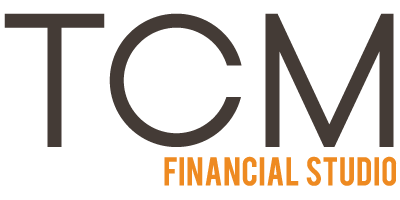Response to Client Hero Paula Sather
Paula: I have “fear of missing out syndrome” (FOMO). How can I afford things that come up like trips, bachelorette parties, dinners, etc., when I have not appropriately saved for them?
—
Thank you for the question Paula. FOMO is a feeling that everyone can relate to.
I would like to share how most of our clients are set up to deal with cash flow on a periodic basis before I discuss FOMO expenses specifically. Here are the four steps they follow:
Step 1. Pay day – income after expenses (CPP, union dues, EI, private pension contributions, income tax, etc.) is deposited into a bank account
Step 2. Automatic investing – planned long term savings amounts are contributed from the pay day bank account to an investment account (RRSP, TFSA, non-registered)
Step 3. Automatic debt reduction – planned payments are taken from the pay day bank account to reduce liabilities
Step 4. After steps 1 -3 are complete the balance of the pay day bank account is used to fund:
- Non-discretionary expenses – utilities, basic needs, & mortgage
- Discretionary expenses – lifestyle, fun & FOMO expenses
Steps 2 and 3 above deal with future you while step 4 deals with current you. Step 4 helps you keep on track with spending in between pay periods. Meanwhile, steps 2 and 3 should build confidence about meeting long term goals. A CFP will help you establish these amounts initially. It’s important to set up review meetings to monitor progress and make any tweaks. The breakdown of step 1 to 4 will be different for each client since short term and long term cash flow needs are unique to each household.
So, now let’s chat more about discretionary expenses. It’s best to visit the following list on the drawing board if you are unsatisfied with the amount being spent on your current lifestyle:
- Explore opportunities to increase income or decrease taxes
- Discuss the future impacts of reducing long term monthly saving amounts
- Discuss the implications of extending debt repayment periods for liabilities
- Prioritize discretionary expenses with the goal of eliminating or reducing lower priority costs
- Discuss the use of short term debt to fund the spur of the moment special occasions with the objective of keeping long term plans intact
- Compare making adjustments to #1 -5 with the level of FOMO you have been experiencing
If the above discussions end up reducing your FOMO feelings to a manageable level, you might choose to forgo the opportunity in question. The difficulty will be admitting that you can’t afford the FOMO activity. I think this is because it carries the perception that you’re poor or haven’t managed your money properly. In my opinion saying “I can’t afford…” means that you probably have a good handle on managing your money.
Thank you for participating as a client hero Paula. I look forward to chatting about FOMO at our next studio session!
-Connor



